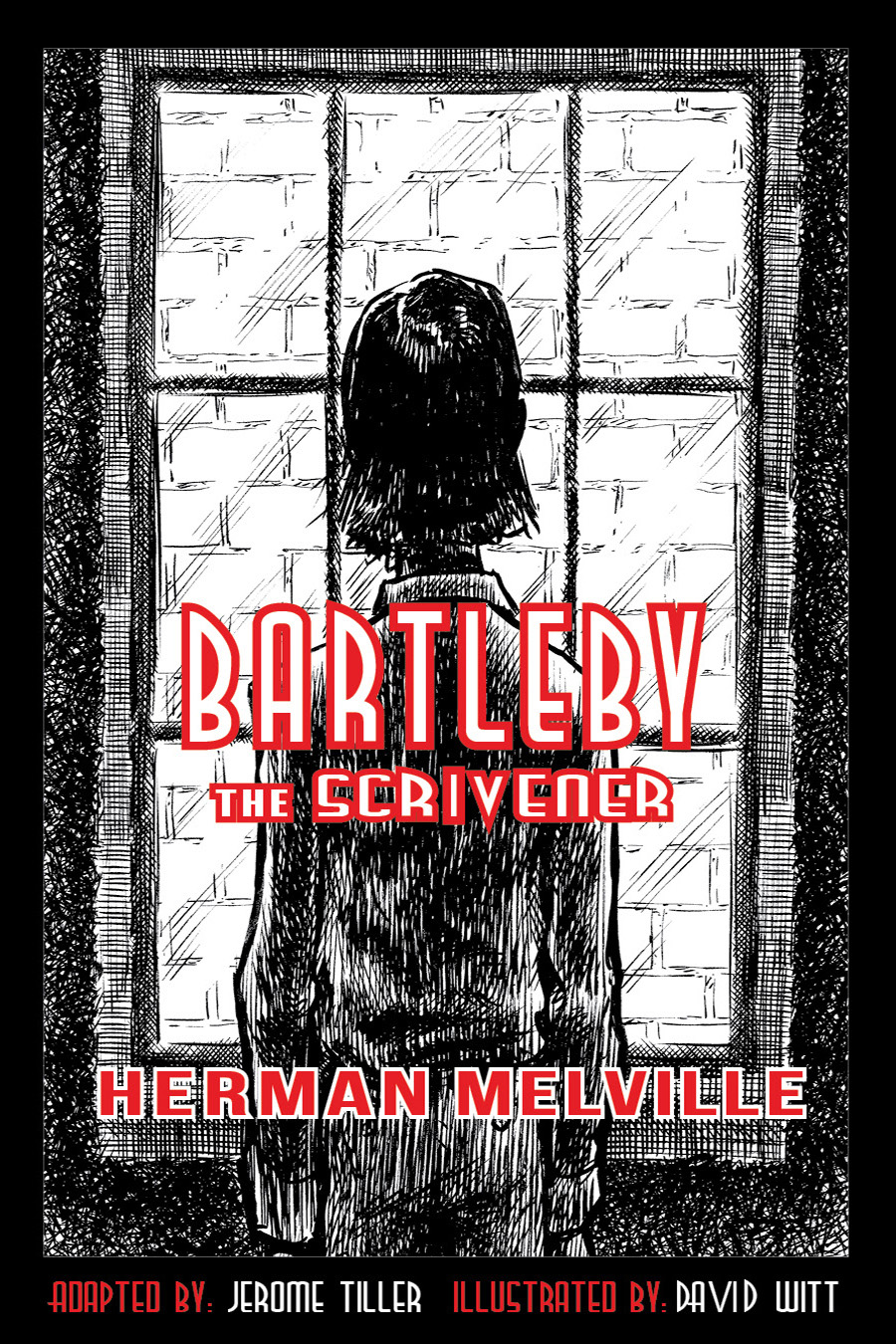Twain’s Carnival of Exaggerations
But as mentioned in a previous post, a playful audience for humor is essential. For instance, if sensitive to the violent use of firearms, as many of us are after so many massacres at schools and elsewhere, a joke centered on bullets or buckshot might not be funny. So when Twain exaggerates his Pa’s attitude regarding a buckshot wound (“Pa’s got a few buckshot in him, but he don’t mind it ‘cause he don’t weigh much anyway”), his joke might not be funny if you are thinking about the horror and senselessness of gun violence. Twain, however, will almost always risk offending the few to humor the many.
As mentioned earlier, Twain has lots of comic devices in his bag of tricks, and he doesn’t restrict himself to the humor of exaggeration in this wild tale; he also makes ample use of ludicrous impressions, another comic form. But as an example of Twain using exaggeration to great effect, nothing beats The Facts Concerning the Recent Carnival of Crime in Connecticut.
A passage from near the end of our adapted version of the story follows. Twain describes what he does after winning a battle to attain total freedom from all moral constraints.
I settled all my old outstanding scores, and began the world anew. I killed thirty-eight persons during the first two weeks—all of them on account of ancient grudges. I burned a house that interrupted my view of the horizon. I swindled a widow and some orphans out of their last cow, which is a very good one, though not, I believe, a thoroughbred. I have also committed scores of crimes, of various kinds, and have enjoyed my work exceedingly, whereas before it would have broken my heart and turned my hair gray, no doubt.
You might want to ask yourself what makes this passage funny, even within the small contextual frame I provided. Clearly, Twain provides the reader with a carnival of exaggerations. Even if completely freed of all moral constraints, would anyone, could anyone go this far? For me it is funny because Twain takes us so far over the top, into the stratosphere of exaggeration. A carnival of exaggeration indeed! And Twain fills his whole Carnival of Crime story with similar exaggerations, coupled with ludicrous impressions.View and/or download a FREE pdf version of Twain Illustrated here!
Big News! The Midwest Publishers Association (MIPA) has named Twain Illustrated finalist for Best Short Story Anthology of 2022!.


